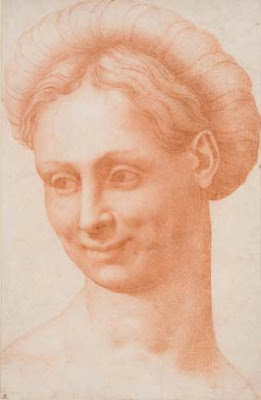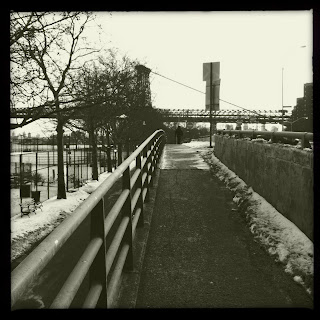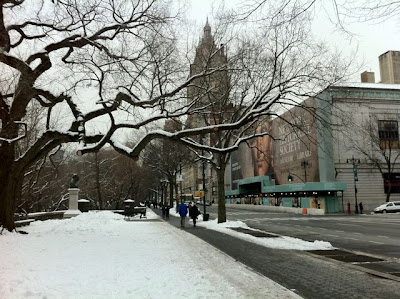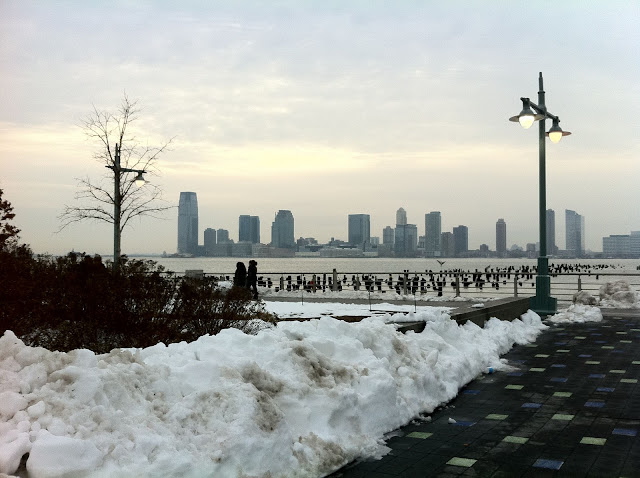Search This Blog
A strolling guide to New York City and beyond by writer and photographer Teri Tynes. The site was most active in the years 2007-2021 and is no longer updated.
Posts
Showing posts from January, 2011
A Walk for the Roses: Will Ryman's Installation on Park Avenue
- Get link
- Other Apps
Pictures from 70 Days of Walks: Days 22 - 28
- Get link
- Other Apps
The Snowiest January Ever: Images from a Morning Walk
- Get link
- Other Apps
At the Morgan Library and Museum: The Kasper Collection and The Diary
- Get link
- Other Apps
Befriending Mr. Chickadee: Winter Birding in Central Park, circa 1900
- Get link
- Other Apps
Pictures from 70 Days of Walks: Days 15 - 21
- Get link
- Other Apps
Tentative Steps along the East River Park Promenade
- Get link
- Other Apps
Pictures from 70 Days of Walks: Days 8 - 14
- Get link
- Other Apps
Economy Eye Candy: An Eclectic Walk on the Lower East Side
- Get link
- Other Apps
Central Park West: The Theater of Architecture
- Get link
- Other Apps
Pictures from 70 Days of Walks: Days 1 - 7
- Get link
- Other Apps
A Roundtrip Walk to Stuyvesant Square and Vicinity
- Get link
- Other Apps
A Walk to a Mews and Alley, Unplowed
- Get link
- Other Apps
A Winter Walk in Hudson River Park, with a Plan for New Year's Diet and Exercise Resolutions
- Get link
- Other Apps














